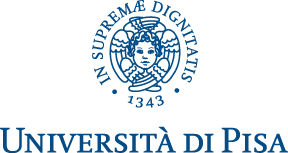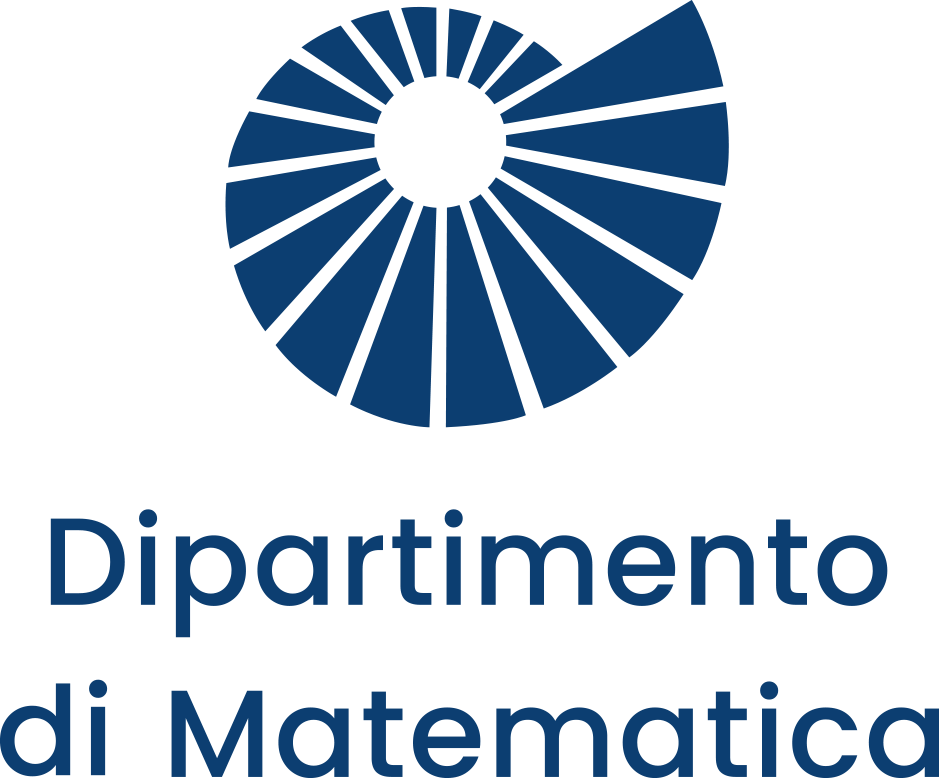Logical methods in Ramsey theory and related topics
Aula Magna
Dipartimento di Matematica
This workshop is centered around the interplay between mathematical logic and combinatorics. The connections between these two areas have historically been fundamental for many of their developments; arguably, the most famous exemplification of this fact is Ramsey's Theorem.
Its main goals are to disseminate information about various logical techniques used in several areas of combinatorics and related topics, bring together researchers with different backgrounds, and encourage their collaborations and interactions, especially on topics connecting different areas of mathematics.
The covered topics include (but are not limited to):
- Nonstandard methods in combinatorics and Ramsey theory
- Model-theoretical methods in density theory for semigroups
- Reverse mathematics of combinatorial principles
- Set theory and ultrafilter methods
- Computational limits to finite provability and proof complexity
- Quasi-orders and applications
In order to foster diversity and facilitate the participation of those with limited funds, students, early career researchers, and participants from disadvantaged countries will be able to apply for financial support.
Participants travelling with young children will be able to apply for child care support.
This conference promotes gender equality.
A welcome cocktail will be held on Sunday the 9th, from 17 to 18:30, in the main hall of the Math Department (Largo Bruno Pontecorvo 5, Pisa).
Invited speakers:
- Vieri Benci (Università di Pisa)
- Lorenzo Carlucci (Sapienza Università di Roma)
- Raphael Carroy (Università di Torino)
- Lorenzo Fiaschi (Università di Pisa)
- Francesco Fiorini (Università di Pisa)
- Mirna Džamonja (CNRS - Université de Paris)
- Marco Forti (Università di Pisa)
- Nicola Galesi (Sapienza Università di Roma)
- Karel Hrbáček (City College of New York)
- Renling Jin (College of Charleston)
- Steven Leth (University of Northern Colorado)
- Martino Lupini (Università di Bologna)
Organising committee:
- Alessandro Berarducci
- Lorenzo Luperi Baglini
- Rosario Mennuni
- Moreno Pierobon
- Mariaclara Ragosta
SCAM WARNING: Some partecipants have received false messages regarding travel for the conference. Please ignore these messages!
We will not ask for payments or credit card numbers by e-mail.
We will communicate with partecipants only via the e-mail address ramsey2023@cs.dm.unipi.it
FINANCIALLY SUPPORTED BY:
Università di Pisa, PRIN 2017: "Mathematical Logic: models, sets, computability", Associazione Italiana di Logica e sue Applicazioni (AILA)



